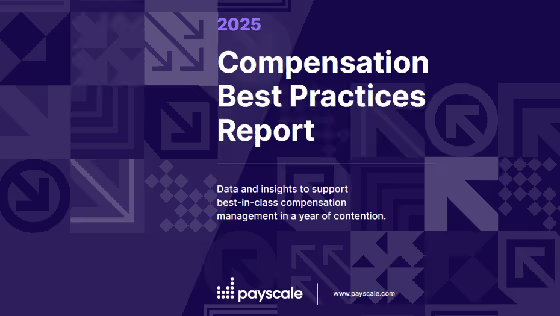Featured content

Expert panel: Key HR and Compensation priorities for 2026 On-demand webinar
Join a panel of Payscale executives as they discuss the biggest challenges, priorities, and trends that HR and comp folks need to know to succeed in the new year.
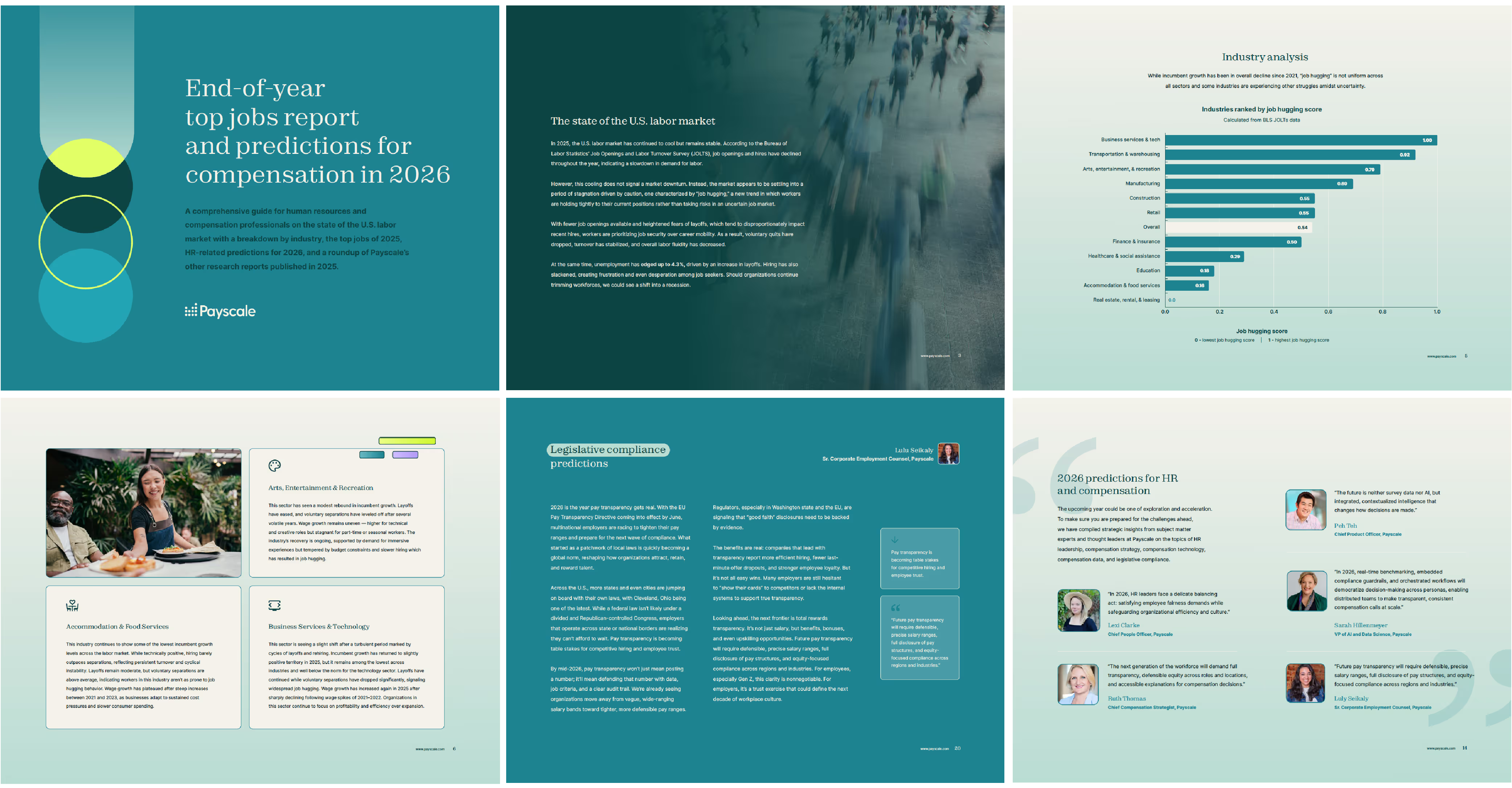
2025 End-of-Year Top Jobs Report
This annual report from Payscale looks at trends in the labor market and the hottest jobs of the year in 2025 as well as predictions for 2026.
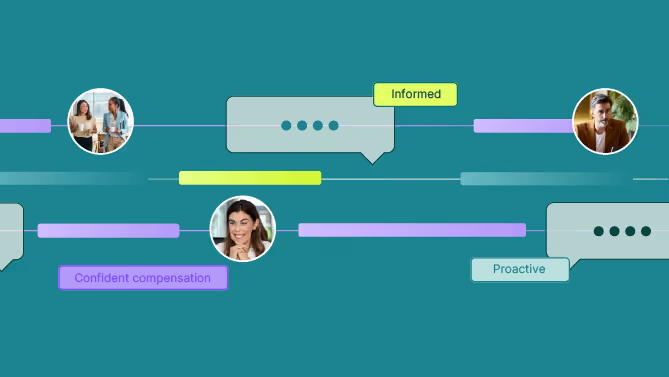
HR’s guide to effortless survey participation
Survey participation eating up your time? This guide shows you how to cut significant time from your survey participation workload.

Rolling out your new pay structures
Don’t let the rollout of your new salary structures backfire. Without a thoughtful communication strategy, even well-designed pay structures can create confusion, erode trust, and trigger turnover. Read our guide on how to communicate new pay structures effectively with employees and other stakeholders.
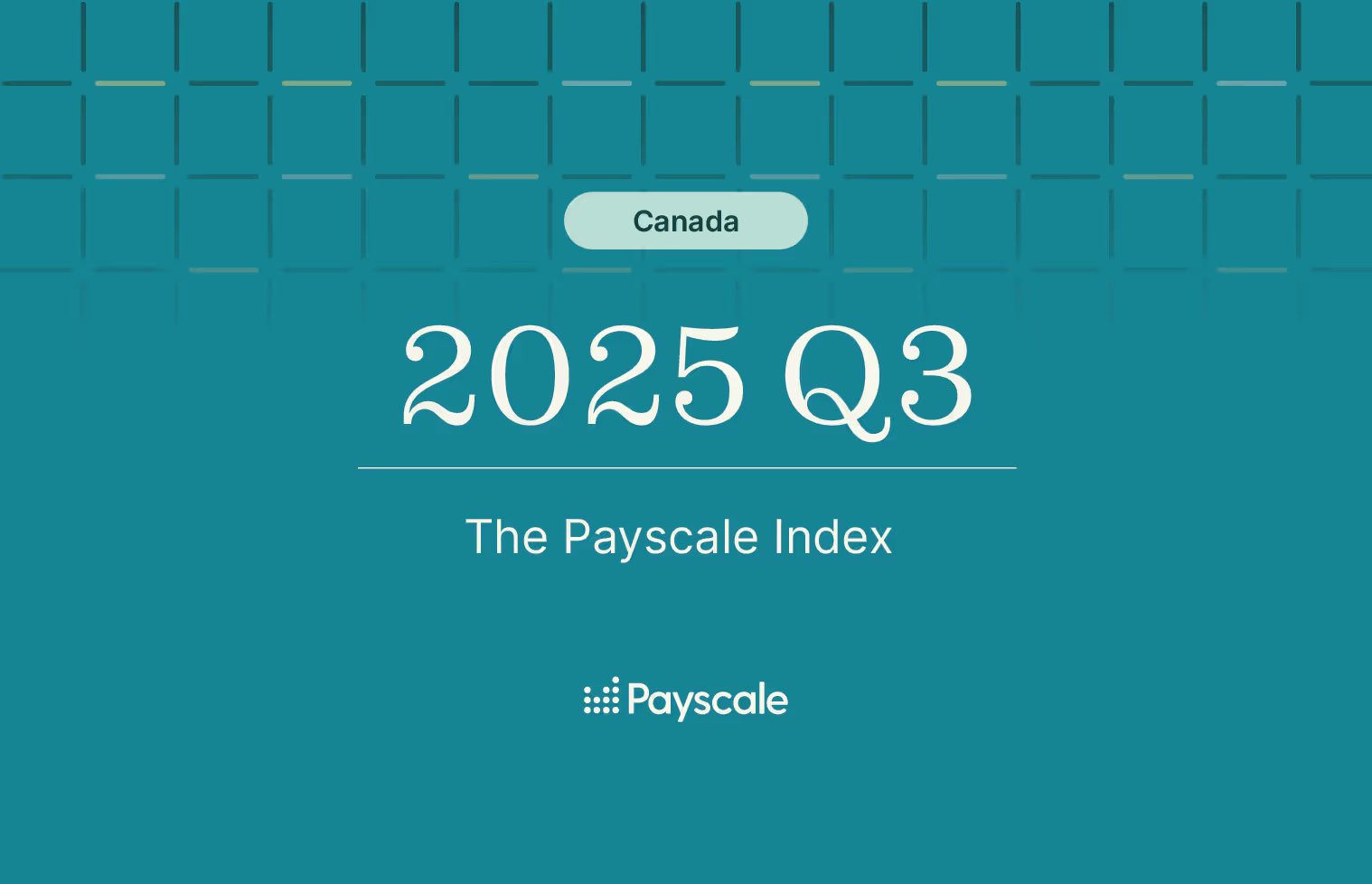
2025 Payscale Index Canada
Particularly during times of quickly changing economic forces, organizations require precise and timely data in order to make informed decisions about allocating limited compensation budgets. The Payscale Index tracks quarterly changes in total cash compensation for full-time, private industry employees in the six largest metropolitan areas of Canada.
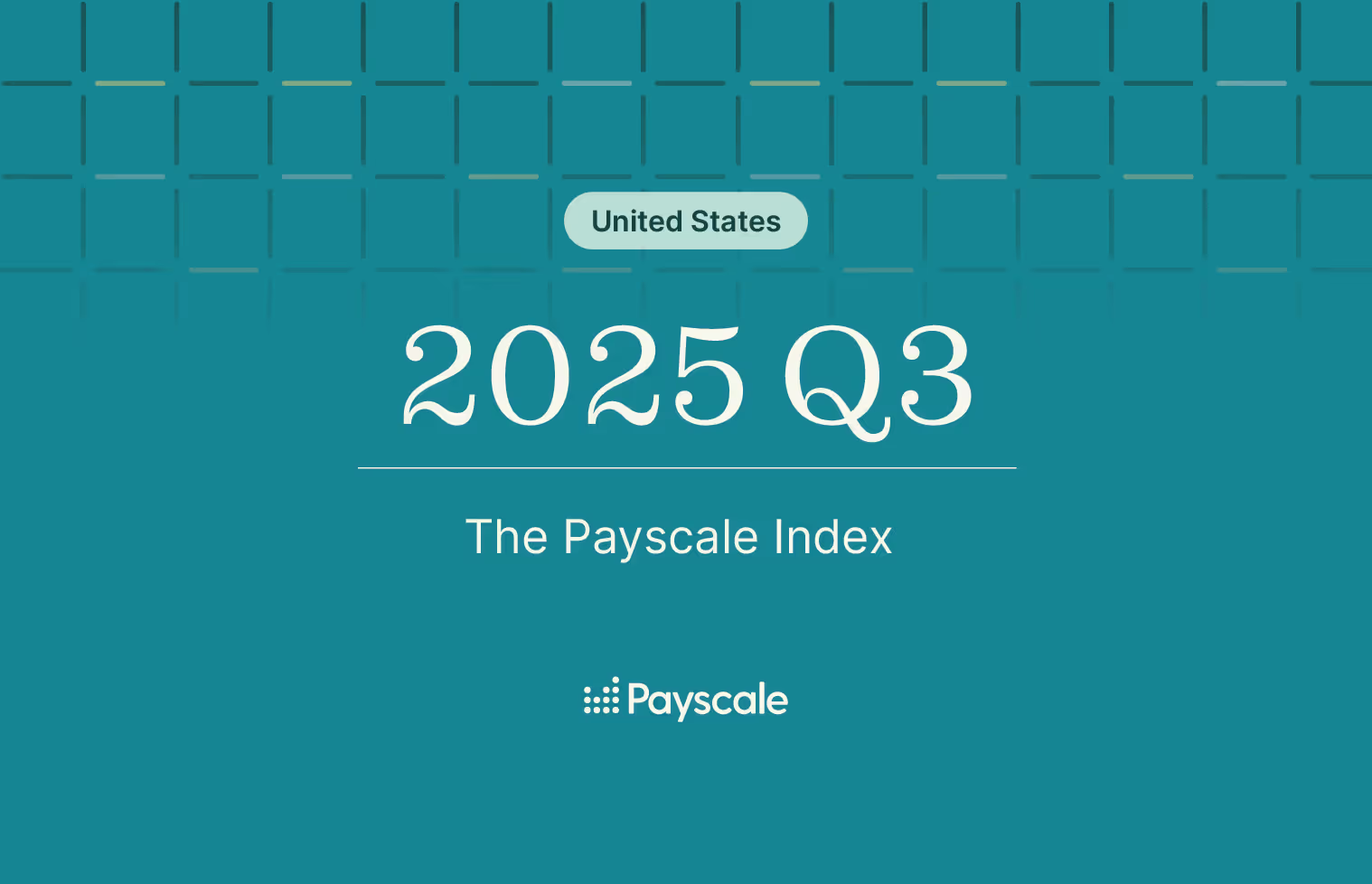
2025 Payscale Index US
Particularly during times of quickly changing economic forces, organizations require precise and timely data in order to make informed decisions about allocating limited compensation budgets. The Payscale Index tracks quarterly changes in total cash compensation for full-time, private industry employees in 19 job categories, for three company sizes and 15 industries across 32 major Metropolitan Statistical Areas (MSAs) in the United States.
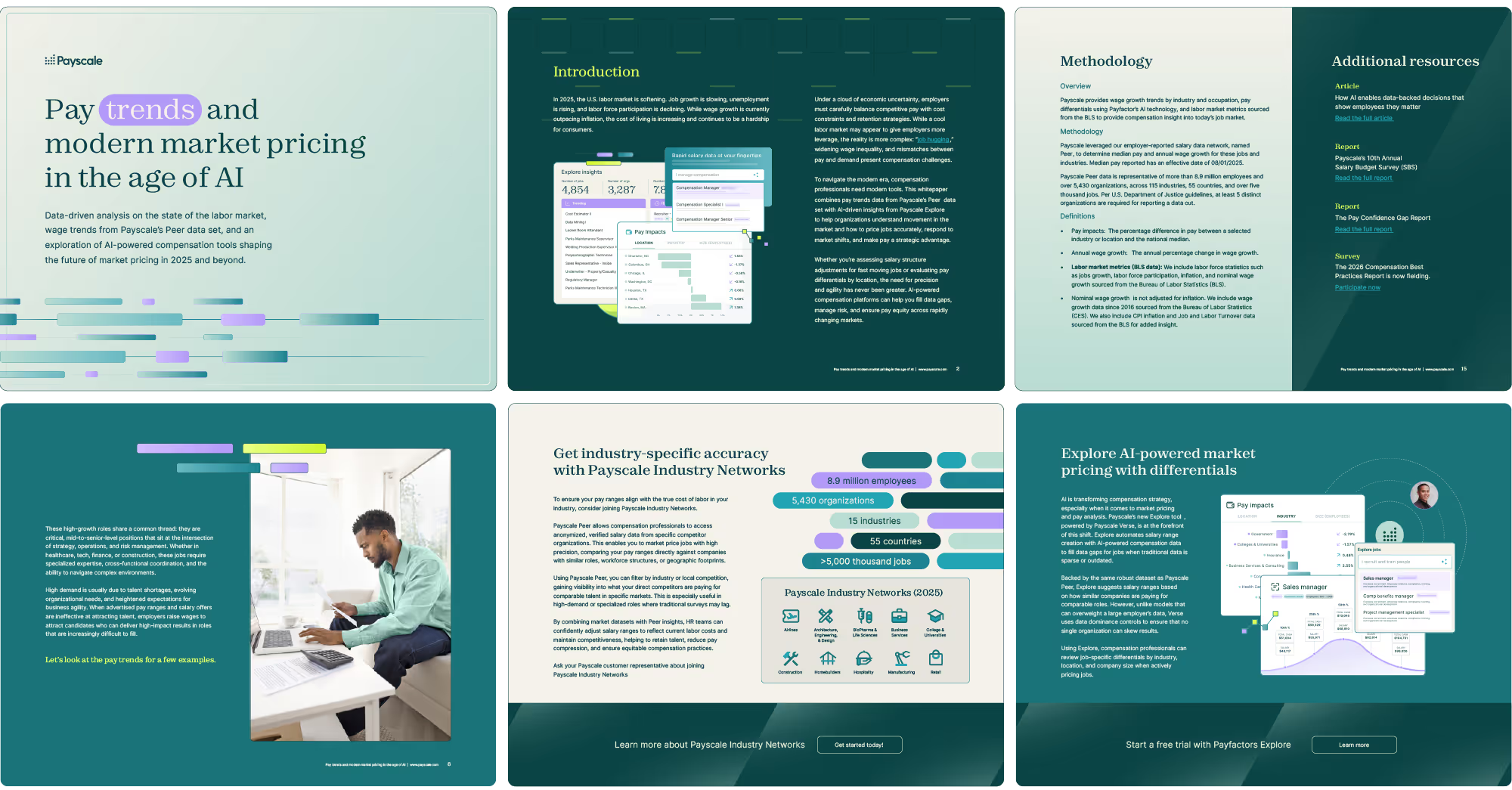
2025 Pay Trends Report
This research report provides data-driven analysis on the state of the labor market, industry wage trends from Payscale Peer, and an exploration of HR-trusted AI-powered compensation tools shaping the future of market pricing in 2025.
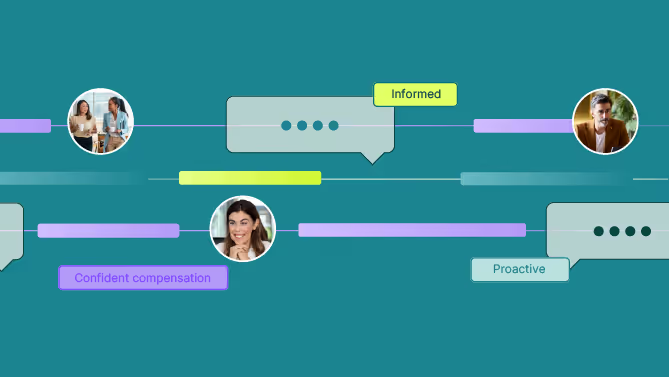
The four pillars of pay communications
Our Four Pillars of Pay Communications walks you through what you need to communicate pay decisions effectively down, up, and across your organization.

